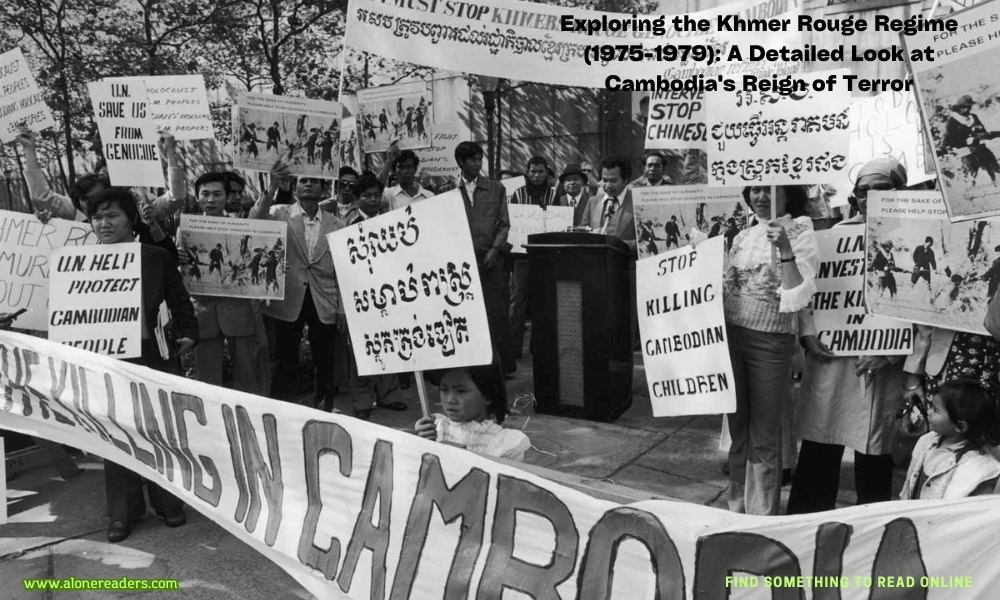
The Khmer Rouge regime, which ruled Cambodia from 1975 to 1979, stands as one of the most brutal periods in modern history. Led by Pol Pot, this regime aimed to transform Cambodia into a rural, classless society, which led to the displacement, suffering, and death of millions. The impact of this era continues to resonate deeply in Cambodia's national consciousness, affecting its society, culture, and politics.
The origin of the Khmer Rouge can be traced back to the Cambodian Communist Movement, which emerged in the 1940s and 1950s as a response to the perceived failures of the ruling elite to protect and advance Cambodian national interests. The movement gained significant traction in the 1960s, drawing support from North Vietnam and the Viet Cong, as well as from disenfranchised segments of the Cambodian populace, particularly rural farmers and lower-class citizens.
By April 17, 1975, when the Khmer Rouge captured Phnom Penh, the capital of Cambodia, they had already established a reputation for their harsh policies and insular ideology. Upon seizing power, they immediately set about restructuring Cambodian society. The entire population of Phnom Penh and other urban centers was forcibly evacuated to the countryside. The regime's vision of an agrarian utopia meant that city residents, intellectuals, and even people who wore glasses, perceived as symbols of Western influence, were considered enemies of the state.
The Khmer Rouge's radical policies extended into all facets of life. Money was abolished, religious practices were banned, and the entire country was cut off from foreign influence. The regime divided the populace into the "old people," peasants who were seen as the true "base" of the new Cambodia, and the "new people," former urban dwellers who were subjected to relentless work, indoctrination, and purges. The regime sought to control every aspect of life, imposing a strict regime of work and loyalty to Angkar, the ruling organization, which was shrouded in mystery.
The brutality of the regime's enforcement policies was staggering. Estimates suggest that nearly a quarter of Cambodia's population died due to the combined effects of forced labor, malnutrition, poor medical care, and execution. The infamous S-21, a school turned into a gruesome prison and torture center in Phnom Penh, exemplifies the regime's ruthless methods. Only a handful of people survived out of the estimated 17,000 who were imprisoned there.
The Khmer Rouge also aggressively pursued perceived internal enemies, leading to widespread purges within their own ranks. The paranoia and internal spying created a society where no one felt safe. As the regime's policies led to economic disaster and widespread famine, their grip on power began to weaken.
By late 1978, the situation within Cambodia had deteriorated so drastically that Vietnam, once an ally, felt compelled to intervene. In December 1978, Vietnamese forces invaded Cambodia, quickly overthrowing the Khmer Rouge by January 1979. The remnants of the regime fled to the western border regions, where they continued to struggle for power, albeit in a much-diminished role.
The aftermath of the Khmer Rouge regime left Cambodia deeply scarred. The societal fabric was torn apart, with countless families affected by the loss of loved ones. The physical and psychological scars have persisted across generations. In recent years, efforts have been made to bring Khmer Rouge leaders to justice. Trials conducted by the Extraordinary Chambers in the Courts of Cambodia, a joint initiative between the United Nations and the Cambodian government, have led to the conviction of several senior leaders of the regime. However, many feel that justice has been incomplete, with numerous lower-level perpetrators and collaborators remaining unpunished.
The legacy of the Khmer Rouge regime serves as a painful reminder of the consequences of extremist rule and the fragility of human rights. It underscores the importance of vigilance, education, and the need for international cooperation to prevent such atrocities from occurring again. As Cambodia continues to rebuild and move forward, the memories of the past remain a pivotal part of its journey towards healing and growth.